Valentine’s Day traditions from around the world
On Friday 14 February, people around the world who observe Valentine’s Day will shower each other with affection, whether in the form of cards, gifts or token gestures.
While it is widely customary on Valentine’s to buy a present such as a box of chocolates or a card with a heartfelt message, traditions vary across the globe.
From Brazil to Japan, here are some of the conventional practises that take place in commemoration of Valentine’s Day.
Brazil
In Brazil, Valentine’s day is not celebrated on 14 February.
Instead Brazilians celebrate a different holiday in June called Dia dos Namorados.
Dia dos Namorados, which translates to mean “Lovers Day”, is celebrated on 12 June, with the date purposely chosen to coincide with the eve of Saint Anthony’s Day, tourism company Brazilian Experience explains.
According to the organisation, in Brazil it is believed that Saint Anthony “blessed young couples with prosperous marriage”.
“The reason why the traditional Valentine’s Day is not celebrated in Brazil is because it commonly falls during Carnival Week, which is one of the biggest events in the country,” the firm adds.
France
While it has become customary for people around the world to write Valentine’s cards, according to online travel resource Lost in France, the tradition may stem back to 15th century France.
The company says the first recorded Valentine’s Day card was sent by the French Duke of Orleans, who sent letters and poems to his wife in France while being kept prisoner in the Tower of London in 1415.
There also used to a Valentine’s tradition in France called “une loterie d’amour”, which is now banned by the country’s government.
The custom, which translates to mean “drawing for love“, would involve “single people of all ages entering houses that faced opposite each other and calling through the windows till eventually they paired off with each other”, Lost in France outlines.
“The male suitor if not particularly attracted to his partner would leave her and the women left single would build a large bonfire and ceremoniously burn images of the men that had deserted them whilst hurling abuse and curses at the ungrateful men.”
The Philippines
In recent years, it has become increasingly popular for mass weddings to be held in the Philippines on Valentine’s Day.
This annual tradition is carried out in order to help betrothed who would otherwise be unable to afford to pay for their own wedding ceremonies.
In February 2016, 350 couples were married in a mass civil wedding held at a basketball gymnasium in Manila, the capital of the Philippines.
According to Agencia EFE, the city’s civil registrar’s office paid approximately £14,482 for the couples to tie the knot.
“Many of these people are here because they want to formalize their relationship, but have no money to even pay a church to marry,” said Joey Cabresa, director of Manila’s registrar’s office.
China
In China, Qixi Festival, otherwise known as the Double Seventh Festival, is regarded as the country’s version of the Western celebration of Valentine’s day, according to tour company China Highlights.
This year, the festival is taking place on Tuesday 25 August, on the seventh day of the seventh month on the Chinese lunisolar calendar.
Couples around the world on Valentines Day
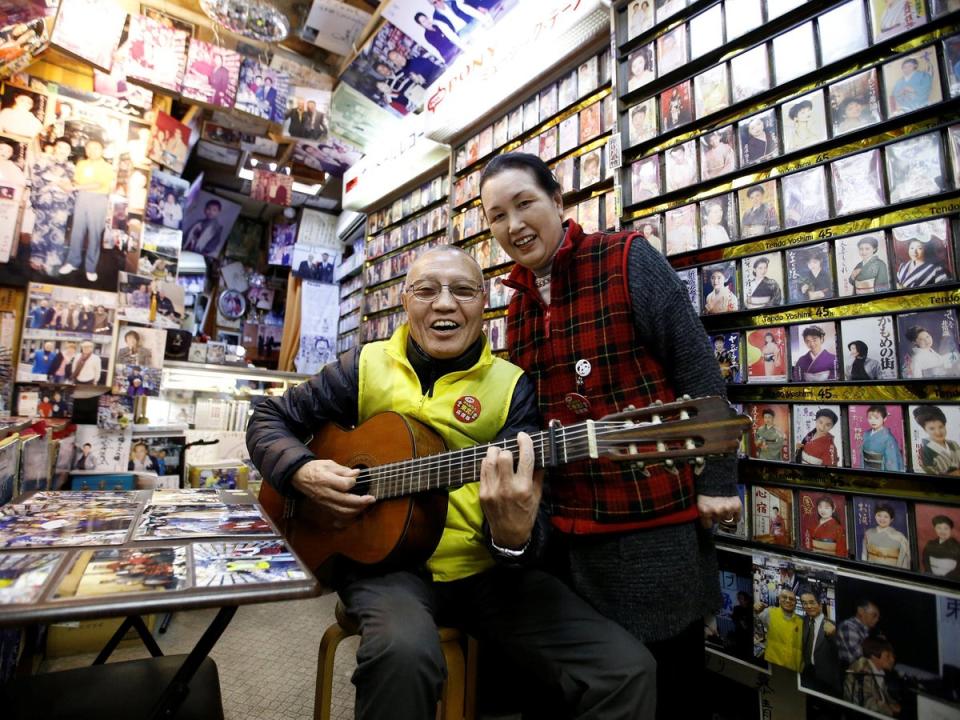


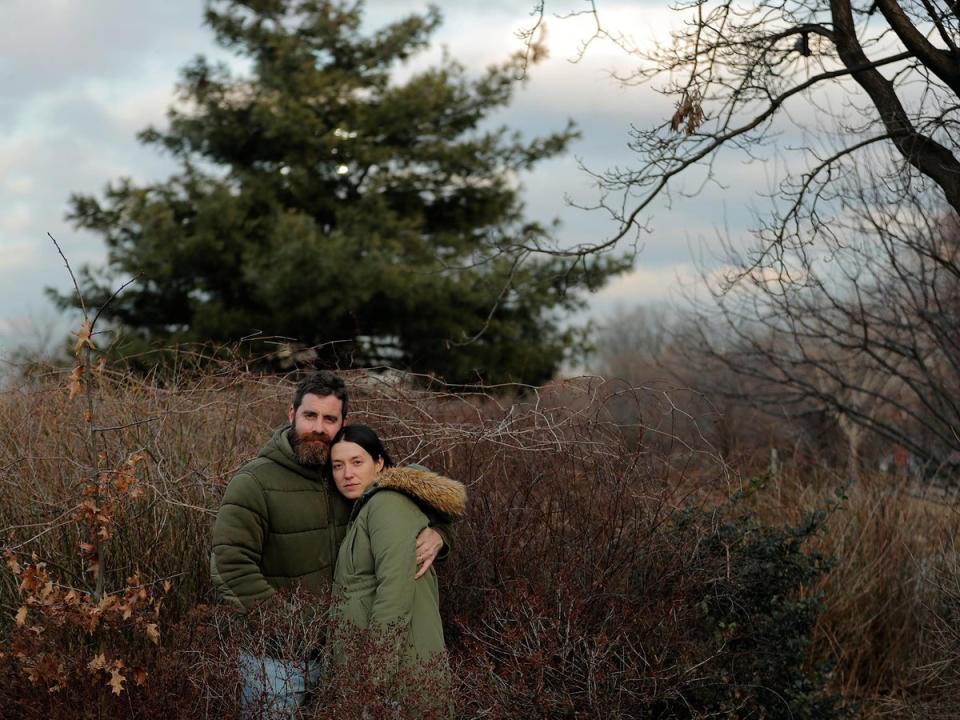

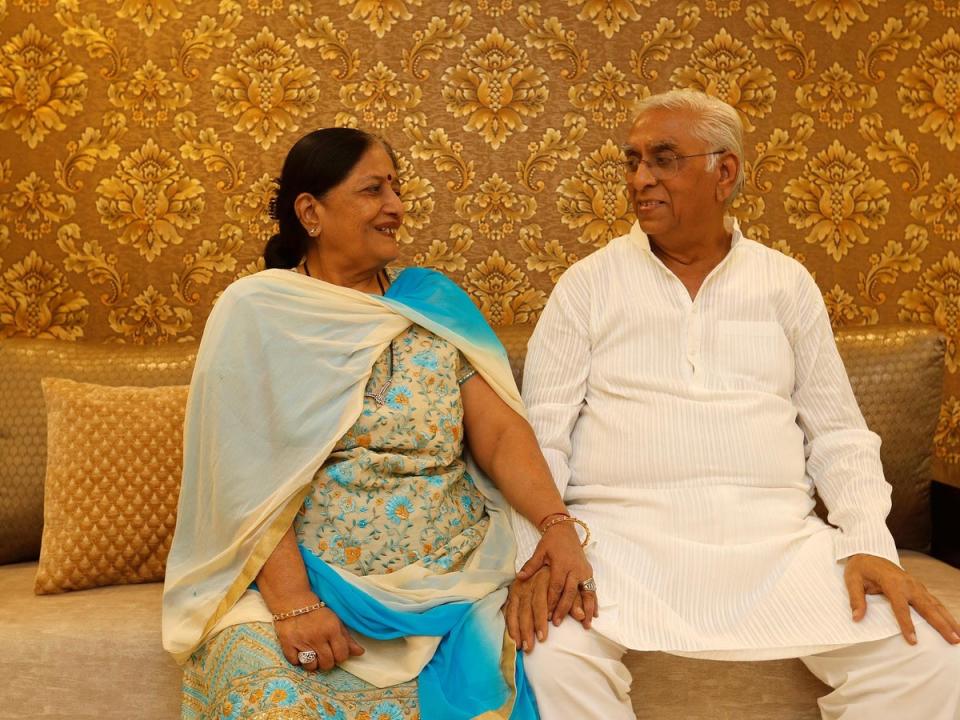
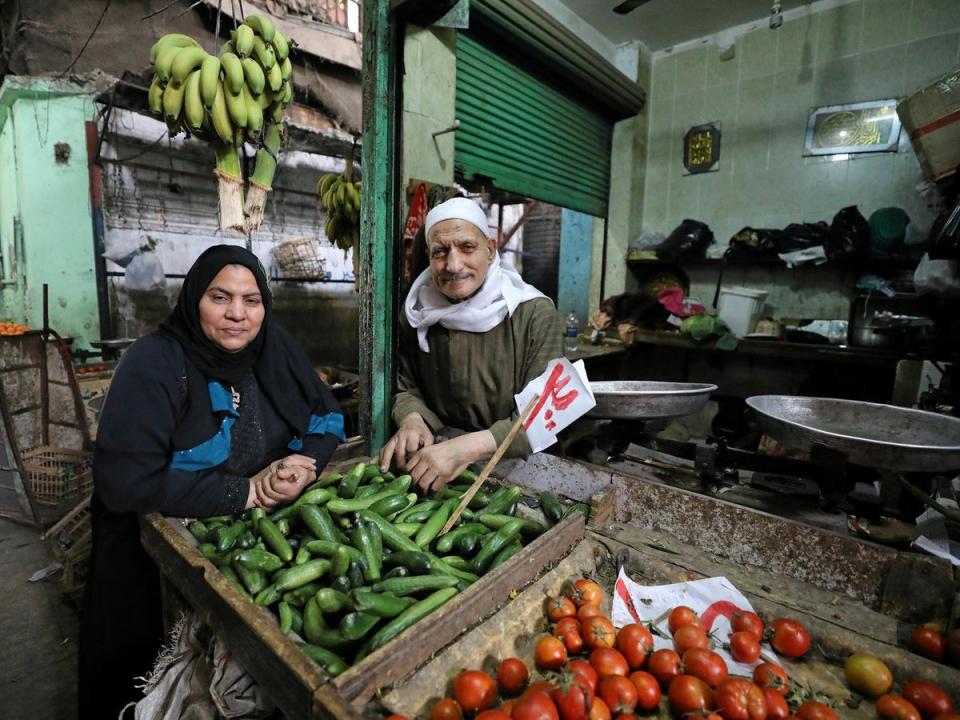
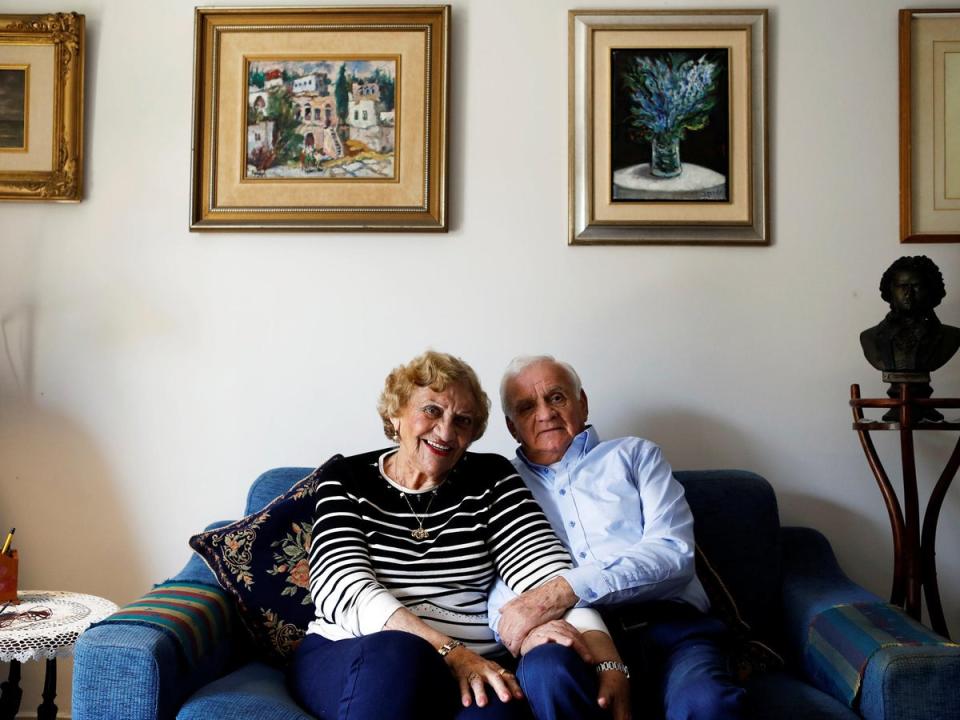
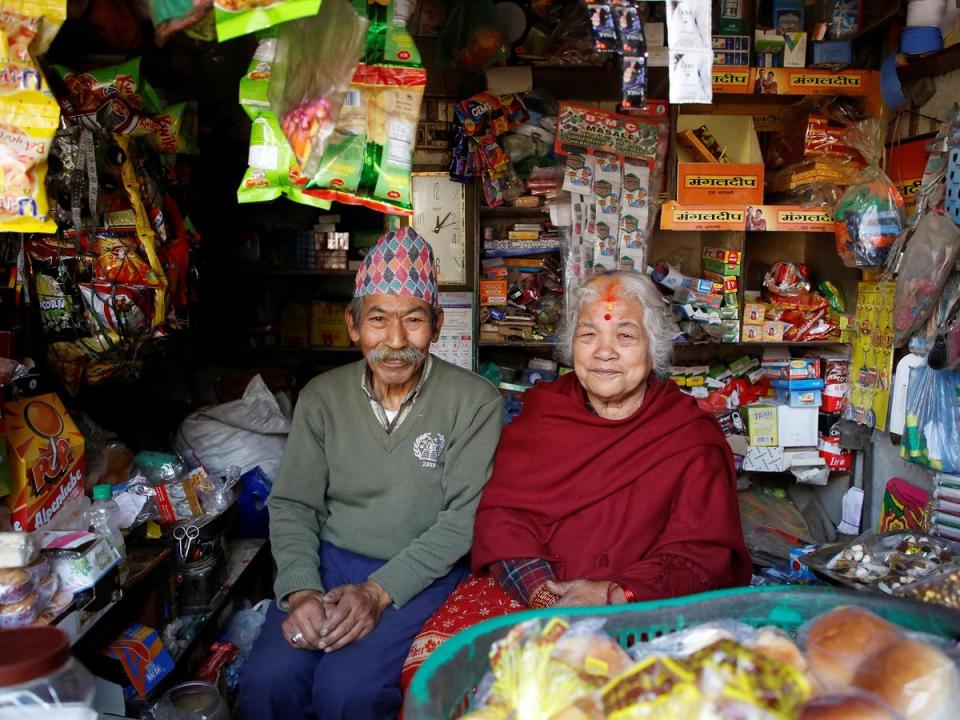
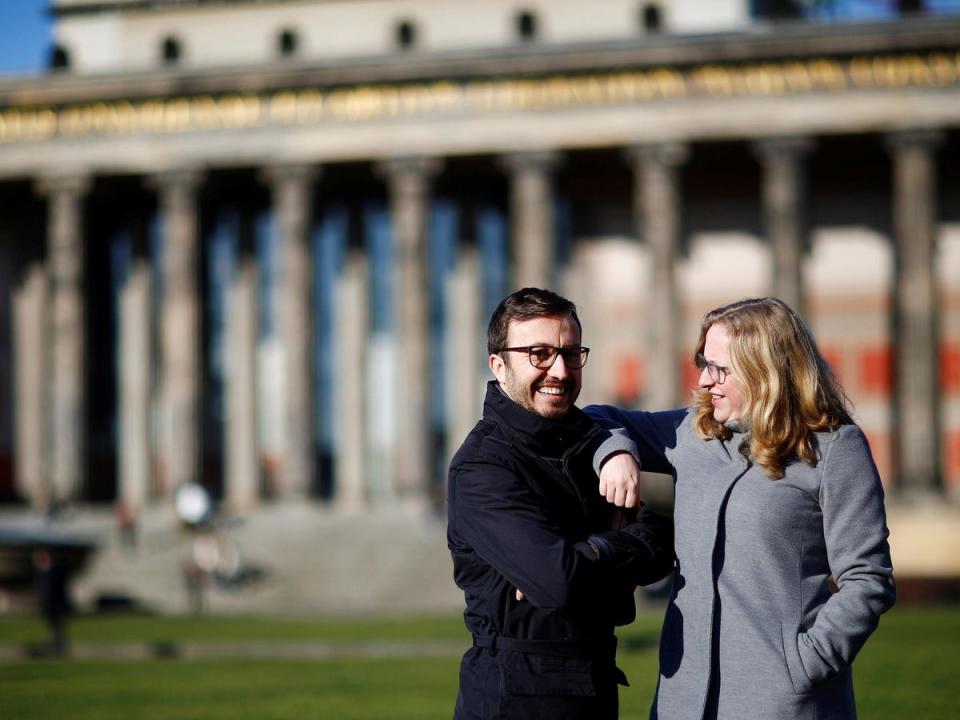
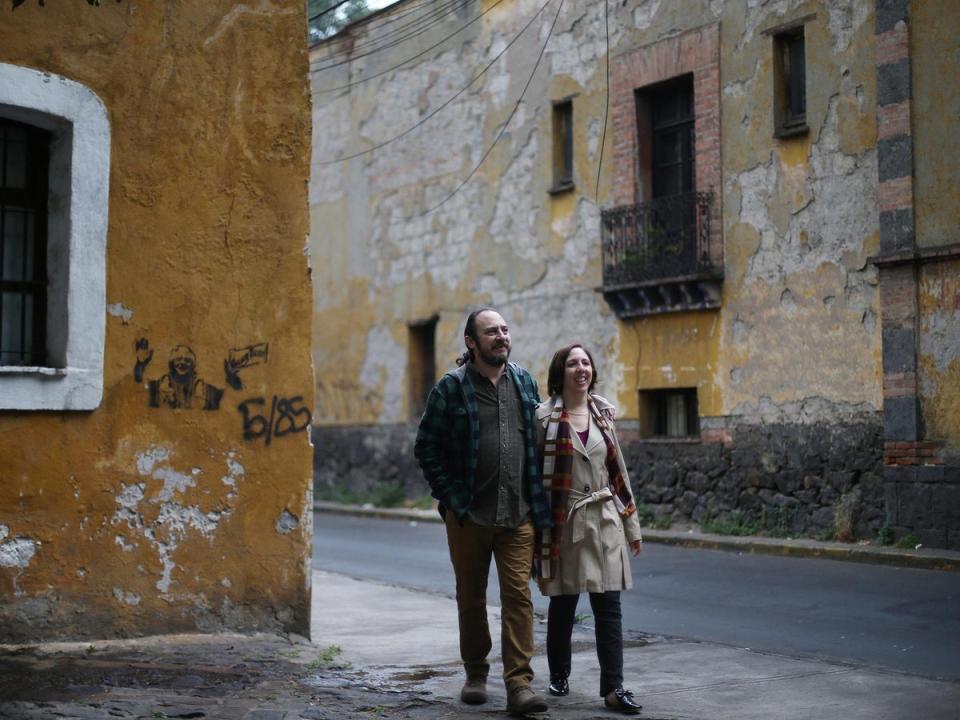
“Double Seven Festival is the most romantic of traditional Chinese festivals, and since China’s globalization it’s become known as ‘Chinese Valentine’s Day’,” the company states.
“Now people usually celebrate Chinese Valentine’s Day by giving flowers, chocolates, and other presents to their sweethearts, instead of doing the traditional customs.”
China Highlights adds that the Western Valentine’s Day is now regarded as more popular than Qixi among the younger generation.
Finland
While Valentine’s Day is generally perceived as a celebration of romantic love, this isn’t the case in Finland.
On 14 February, people in Finland mark the platonic celebration of Friend’s Day.
“On Valentine’s Day, Finland is the place to be for those who appreciate their relationships with friends,” states ThisisFinland.
“In Finnish, Valentine’s Day is called ystävänpäivä (literally “Friend’s Day”) and, like the name says, the idea is to celebrate friendship. Ystävänpäivä in Finland is a public declaration of friendship.”
According to the site, the day has been officially included in Finnish calendars since the mid-1990s, having been observed unofficially since the 1980s.
Japan
In Japan, it is customary on Valentine’s Day for women to have the sole responsibility of buying gifts for men, traditionally opting for chocolate.
The roles are then reversed exactly one month later on 14 March, when men are expected to buy gifts for women on a day known as “White Day”.
"Another thing to note about Valentine’s Day in Japan is that women not only give chocolate to men for whom they have romantic feelings, but also male family members, and even coworkers,” states Live Japan.
"However, not all chocolate is considered equal, and the type of chocolate given depends on the relationship.”
Colombia
Similarly to other nations around the world, Colombia celebrates love on a day separate to 14 February.
Dia de Amor y Amistad (Day of Love and Friendship) is observed on the third Saturday of September in the country, outlines travel blog Medellin Guru.
In other Latin American countries, including Mexico, Puerto Rico and Costa Rica, Dia del Amor y Amistad is celebrated on the same day as Valentine’s Day.
According to The Bogota Post, in Colombia Dia de Amor y Amistad is “seen as a hybrid between Valentine’s Day and World Friendship Day”.
“The nation decided in 1969 to move Valentine’s Day from February to September and avoid the school season. It also came as a bonus that chocolates and flowers tended to sell better at that time of the year,” the publication explains.
South Korea
Similarly to Japan, in South Korea it is tradition on Valentine’s Day for women to gift chocolate to men, with men doing the same a month later.
There is also another Valentine’s-associated tradition that is upheld in South Korea – that of “Black Day”.
Educational organisation Asia Society explains that “Black Day”, which is held on 14 April exactly two months after Valentine’s Day, is observed in commemoration of people who are single.
“Supposedly, singles that did not receive a gift on either Valentine’s Day or White Day congregate on April 14th, otherwise known as ‘Black Day’ to eat Jjajyangmyeon (black noodles) with other single friends,” the organisation states.
“Perhaps the most telling difference between the two major relationship holidays and Black Day is that the advertising around Black Day is nearly non-existent, in stark contrast to both Valentine’s Day and White Day.”
This article was originally published in 2020.
